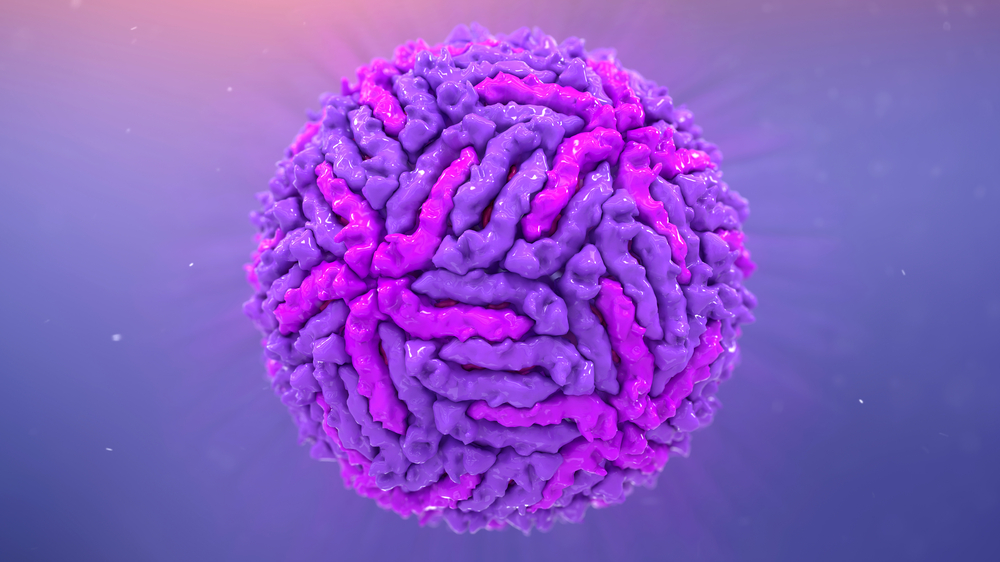YELLOW FEVER VIRUS LYSATE (17D STRAIN)
Yellow Fever Virus lysate has been manufactured to provide a consistent source of Yellow Fever Virus (YFV) antigens. This material has been produced by culturing Yellow Fever virus (17D strain) in the Vero cell line. The Yellow Fever virus lysate is supplied purified and heat inactivated. This product is suitable for use in a broad range of applications including immunoassay research and development.
PRODUCT DETAILS – YELLOW FEVER VIRUS LYSATE (17D STRAIN)
- Native Yellow Fever virus (17D) lysate produced in Vero cells.
- Heat inactivated, purified and presented in liquid format.
Yellow fever is an acute hemorrhagic disease caused by the yellow fever virus (YFV), which is a member of the Flaviviridae family of viruses. Clinical symptoms of the disease include fever, muscle pain, nausea and vomiting. In a small percentage of patients, the liver and kidneys are affected leading to jaundice, and in some cases death.
Yellow fever virus is endemic in tropical areas of Africa and Central/South America where the vector is widespread. In the sylvatic cycle, the virus is transmitted to non-human primates via mosquitoes of the Haemagogus and Sabethes genera, with occasional outbreaks of Yellow Fever in individuals working in forest areas. Whereas the Aedes aegypti mosquito is responsible for the transmission of Yellow Fever virus to humans in urban areas.
In the late 1930’s a safe and effective attenuated vaccine was developed against the YFV, which confers long-term immunity (Norrby, E). The virulent wild-type Asibi strain of YFV was used to develop the YFV 17D vaccine, which is now commonly used to successfully to immunize individuals at risk of YFV infection (WHO).
Diagnosis of yellow fever is complicated by the fact that early symptoms of the infection can be confused with other haemorrhagic diseases including Dengue. Differential diagnosis is therefore an important consideration in areas where other flaviviruses such as Dengue and Zika co-circulate.
REFERENCES
- Norrby E (2007). Yellow fever and Max Theiler: the only Nobel Prize for a virus vaccine. J Exp Med. 204 (12):2779
- World Health Organization; Yellow Fever

